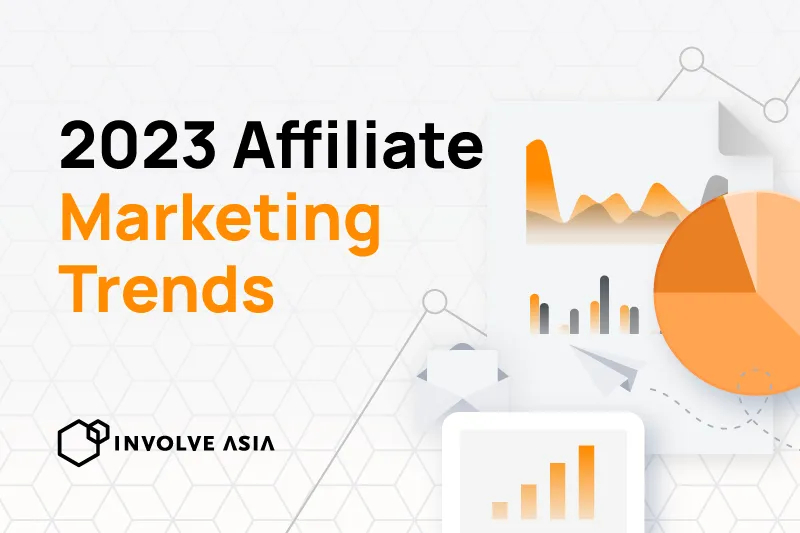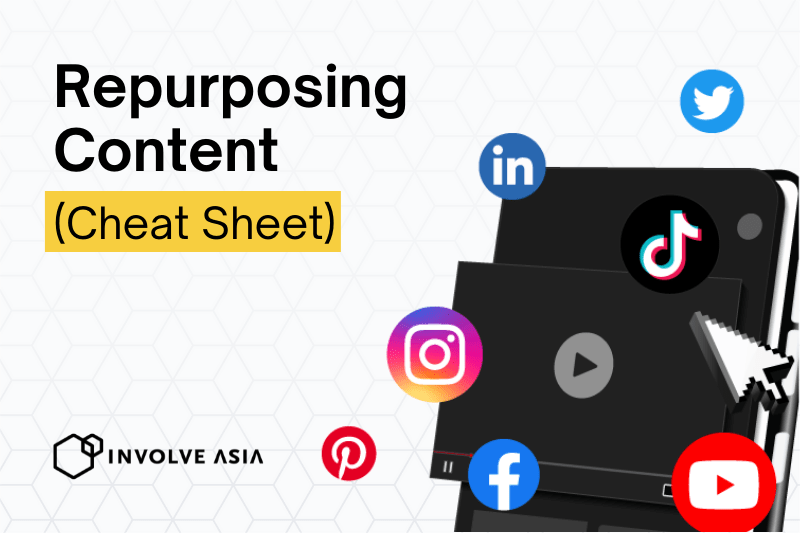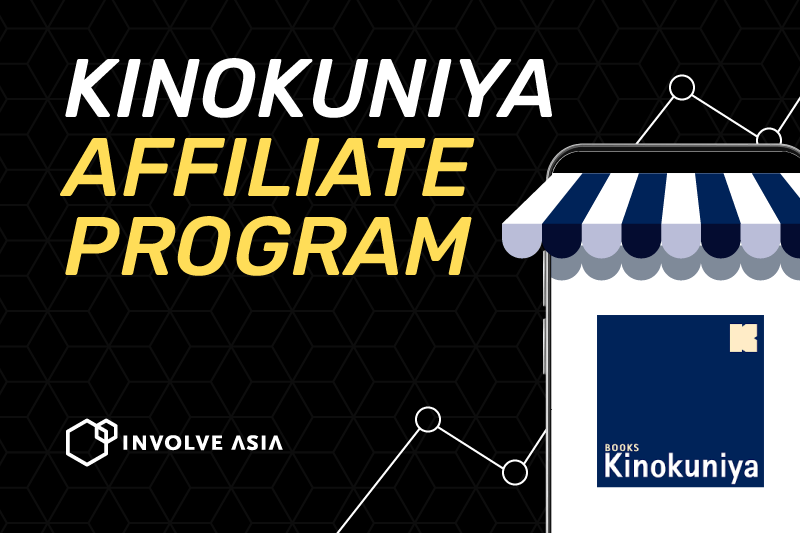Affiliate marketing continues to grow with significant changes in various industries between 2021 and 2022, based on their continuous collaboration between Advertisers and Partners.
We mentioned the key stats & insights for Advertisers in our report here.
Given the constant changes with uncertainties in the world today, brands and affiliate partners seek to build even more collaboration and find new ways to increase awareness and brand recognition.
Here are some of the key trends that we have observed.
Key Trend 1 – The rise of collaborative ‘content-focused’ campaigns between Advertisers and Partners

Customers consistently make decisions through reliable product reviews from various credible sources, including content creators and influencers, before purchasing at brands’ e-commerce sites. Thus, Advertisers always seek impactful solutions to reach their target audiences with relevant deals on best-selling products by collaborating with Affiliate Partners.
Advertisers also look to build partnerships with Affiliate Partners who have long-term trustworthy relationships with their audience.
Therefore, the rise of content-focused campaigns between Advertisers and Partners has opened up new opportunities for both parties.
Content creation is now an essential component of any digital marketing strategy. Customers are becoming more selective about what they want to pay attention to as they are bombarded with thousands of messages daily. So, producing high-quality content is crucial for the target audience to engage with the brands.
With detailed brand information provided by Advertisers, Partners can stay aligned with their customers’ lifestyles and journeys in purchasing products, especially when suggesting products by price range. In addition, Partners will earn commissions or complementary products based on the traffic to the Advertisers’ sites and the quality of leads generated per campaign.
Approaching content-focused campaigns will help Advertisers shift their focus from revenue generation to customer lifetime value (CLV). In addition, this gives Advertisers more opportunities to create more effective campaigns that offer Partners more significant incentives for each conversion generated.
Key Trend 2 – Brand’s exposure through video content

Video content is the most engaging content created by affiliate Partners, where they showcase the products in action and encourage their audiences to purchase products via their affiliate links.
Product reviews boost brand awareness, engagement, and sales with new and existing customers. These videos are short (usually less than 5 minutes) but can still be incredibly effective at increasing sales if created well.
Increase content reach to your target audience by collaborating with online video creators. Exchanging ideas with collaborators helps create high-quality videos that are highly shareable and having people talk about them, and also leading them to purchase the products at the e-commerce websites.
Sharing features & benefits that impact experiences story-telling format through videos garner audience’s attention. So it is crucial to make video-focused content entertaining, educational, and engaging that appeals to the audience’s needs, especially their pain points, instead of focusing on one thing at a time.
Video-focused content drives the sales funnel, bringing in great-quality leads and sales. Therefore, Advertisers need to have clear objectives and metrics for various target audiences, leading to consistent online relationships with new & existing customers.
Key Trend 3 – Usage of AI & machine learning

The latest AI tools help Advertisers with specific affiliate marketing tasks, from analysing and generating trackable affiliate links to creating ideas for high-quality content to engaging with audience virtually in real-time, based on industries, audience segmentation, and online shopping behaviour.
With these valuable insights, Advertisers could optimise their affiliate marketing programs, campaigns & products catering for affiliate Partners and target audiences.
Automation eases setting up campaigns to affiliate programs and making necessary changes when needed which doesn’t require much manual work.
Having real-time and historical data through practical tracking tools and monitoring various touch points map out detailed insights on the effectiveness of content-focused campaigns for products & services.
Advertisers can also run A/B tests for affiliate programs and campaigns to determine which brings better conversion rates, sales, and revenue.
Key Trend 4 – Cookieless future

Third-party cookies will no longer be reliable due to Tracking IDs restriction that protects customers’ security and privacy.
Yet, it will be difficult for Advertisers to determine the customers’ journey at various touch points, especially on popular online browsers such as Google Chrome and Firefox.
Advertisers are looking into alternative tracking methods (including server tracking and bounce-less tracking) to identify the customers’ online shopping behaviour.
Collecting first-party data would be crucial in order to run effective promotions based on target segmentation and personalisation. Therefore, Advertisers would need to compile these data through e-mails, user registration, and customers’ feedback & reviews. Although it will take some time to compile first-party data, it effectively builds the Advertiser’s visibility in the online space.
As we move into the cookieless future, new tools with additional privacy protections will come into play. Advertisers must ensure privacy by seeking consent from related parties, including those on behalf of the customers.
Regulations and data privacy laws must be increased to advance with the future of being cookieless for monitoring various touchpoints of the customers’ journeys. So, affiliate networks need to revise the terms & conditions which ask Partners and their audiences’ consent to share certain data with the Advertisers.
Key Trend 5 – Shorter payment cycles

Affiliate marketing networks with effective payment systems help Advertisers pay bonuses & commissions faster to their affiliate Partners, based on their monthly performance and/or specific campaigns they promote.
At Involve, with the Express Withdrawal, affiliate Partners no longer need to wait for payments for 90 days (or more) without the Advertisers’ validation on conversions.
Affiliate marketing networks are constantly improving the cash flow by having better tracking for validation and payment process for both Advertisers and Partners.
Better budget & commission transfers encourage Advertisers and Partners to continue collaborating in promoting campaigns, products & services to their target audiences.
Ready to boost your awareness, leading to a 15% increase in sales with Involve, whilst adapting to this year’s affiliate marketing trends? Sign up as an Advertiser at Involve to kickstart your collaborations with affiliate Partners.







